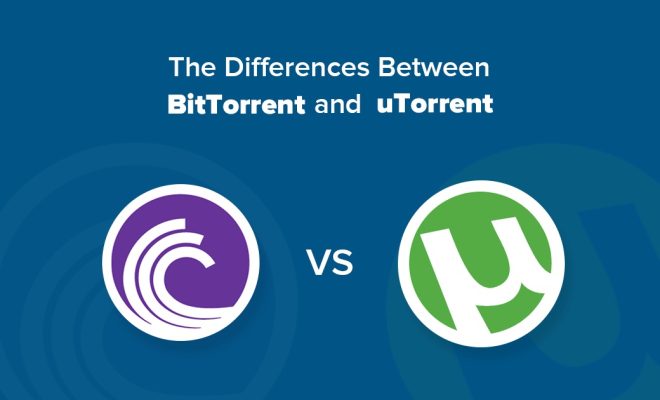What Is an XAML File?

XAML (eXtensible Application Markup Language) is a popular markup language used for creating user interfaces and graphical designs in the Microsoft .NET framework and Windows Presentation Foundation (WPF). XAML files are essentially XML documents that define the layout, visual appearance, and behavior of UI elements in an application, such as buttons, menus, textboxes, and images.
XAML is a declarative language, which means that developers can define the User Interface as text instead of using code. XAML documents contain a hierarchy of objects that represent the visual elements of an application, and these objects are typically created and manipulated by an associated code-behind file. When a XAML file is compiled, the markup is converted to code, and the resulting application can be viewed and used.
XAML is used to separate the design of the user interface and the application logic. The designers and developers can work together effectively while building an application with its easy-to-understand syntax. XAML allows developers to build complex user interfaces efficiently and adapt to responsive design standards more easily.
XAML files can be edited using a variety of tools, including Microsoft Visual Studio, Blend for Visual Studio, and third-party editors like XAML Pad. Developers can use different styles, layouts, and templates to create reusable components and to unify the appearance of an application or a group of applications.
In the design process, XAML also allows designers to use vector graphics, which provide higher quality images with smaller file sizes and that they can manipulate freely without worrying about resolution. Designers can also use animations, visual effects, and multimedia to add interactivity and improve the user experience.
In conclusion, XAML files are an integral part of creating high-quality user interfaces for the Microsoft .NET framework and Windows Presentation Foundation. XAML has become a crucial tool for developers and designers alike to work together in creating visually impressive, and functional applications. With its ability to simplify the UI building process while allowing the separate implementation of code logic and design, XAML has become a language that many developers embrace and continue to learn.






